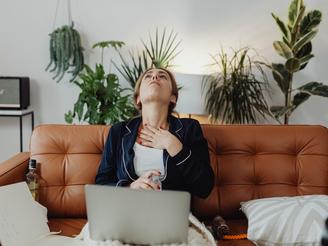10 hemorrhoids symptoms
 Article Sources
Article SourcesHemorrhoids are often thought of as an embarrassing condition, but they’re a very common issue, with almost three in four adults experiencing them at some point in life.[[3]] Also referred to as piles, these often uncomfortable and annoying bumps are actually swollen veins. External hemorrhoids develop around the anus while internal hemorrhoids grow in the anus lining and lower rectum.[[5]] Both types create several distinct hemorrhoid symptoms. Some symptoms can also indicate a more severe issue, so it’s a good idea to seek medical help for a diagnosis when necessary.
Itching
One common hemorrhoid symptom is itching around the anal opening. This can become very uncomfortable, and it’s difficult to stop the itching. Some people might try to wipe the area aggressively with toilet paper or scrub it with a washcloth in the shower. These actions might offer temporary relief but can make the symptoms worse and further irritate the skin, causing even more discomfort. [[5]]
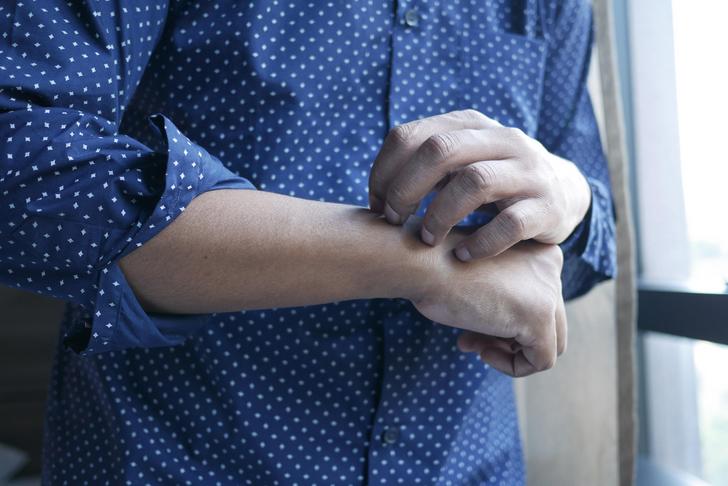
Advertisement
Pain
Many people experience pain or aching in the anal area with external hemorrhoids.[[7]] The pain is often worse while sitting, which can make going to the bathroom more uncomfortable. Internal hemorrhoids typically don’t hurt unless they become prolapsed. A prolapsed hemorrhoid is one that bulges outside of the anus. Other issues can cause anal pain, including infections, inflammatory bowel disease, an anal fistula, and an anal fissure.[[1]]
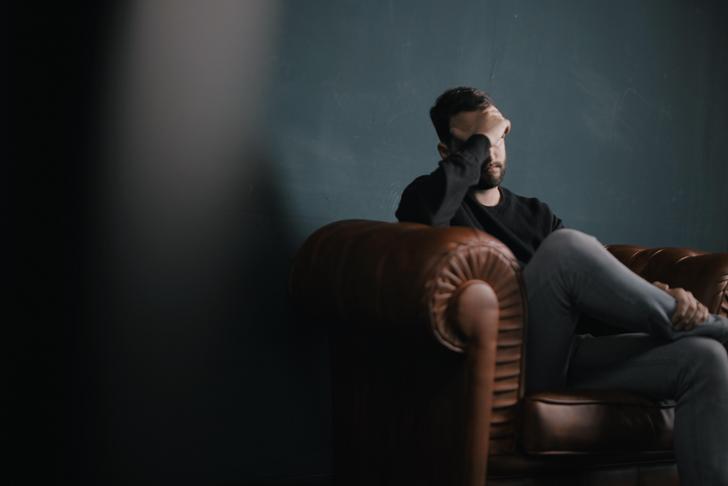
Advertisement
Swelling
Hemorrhoids can cause swelling around the anal opening. Most hemorrhoids don’t become uncomfortable or show noticeable symptoms until they swell. Internal hemorrhoids can also swell, but the swelling isn’t noticeable unless the hemorrhoid is prolapsed. External hemorrhoids can fill with blood and form clots inside the bump. This is called a thrombosed hemorrhoid and causes additional swelling and, if it bursts, rectal bleeding.[[4]] Thrombosed hemorrhoids are often more painful but usually aren’t dangerous.

Advertisement
Lumps
The swollen veins that characterize hemorrhoids can also cause visible lumps that can be felt. These lumps form around the anus with external hemorrhoids. They’re usually hard yet tender to the touch.[[7]] Lumps near the anus can come from other conditions. Examples include flaps of skin called anal tags, anal warts, anal fistulas and anal abscesses or pus-filled infections.[[8]] Unknown lumps should be evaluated by a medical professional to ensure the patient receives the proper treatment.

Advertisement
Bleeding
Internal hemorrhoids often cause painless bleeding.[[3]] It typically shows up as bright red blood. It might drip into the toilet while having a bowel movement or appear on the toilet paper while wiping. External hemorrhoids can also cause bleeding. Bright red blood usually means the source is in the lower digestive tract including the colon or rectum.[[6]] It can be caused by potentially serious conditions such as ulcerative colitis, diverticulitis and colon cancer.
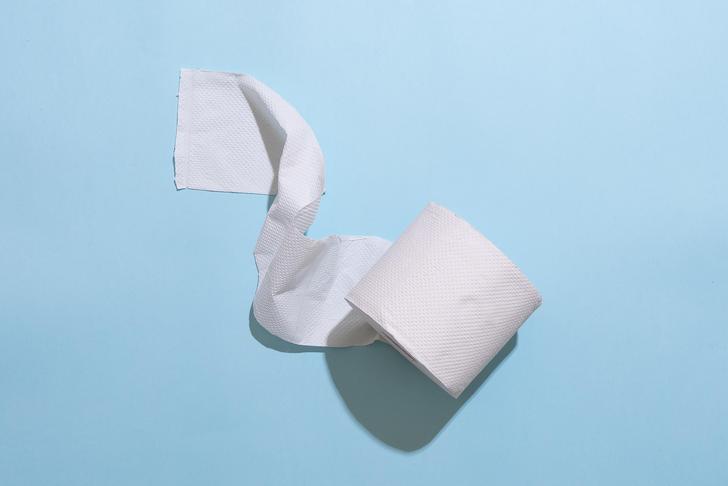
Advertisement
Tissue Bulging From Anal Opening
Internal hemorrhoids often don’t cause pain and might not have many noticeable symptoms until they become prolapsed. The tissue extends out of the anal opening when this happens.[[4]] The patient might be able to see and feel the tissue when it bulges out of the anus. Prolapsed hemorrhoids are often painful and can cause bleeding. The pain can be worse when having a bowel movement.
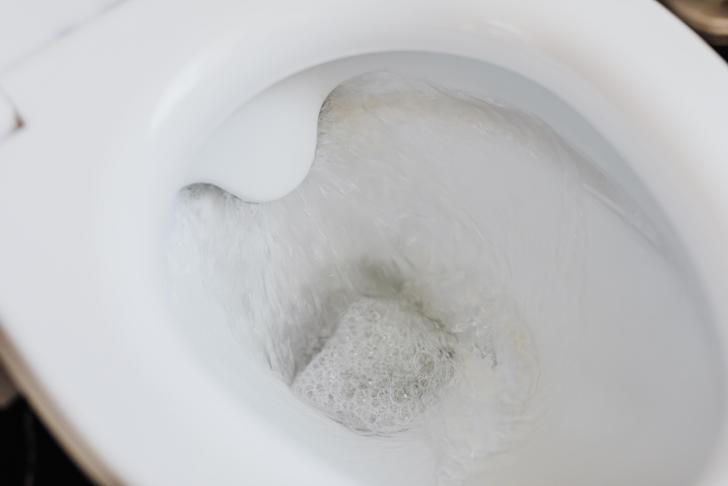
Advertisement
Other Symptoms
Patients can sometimes experience pressure due to hemorrhoids. It could feel like something is pressing the anus or rectum. Sitting can make the sensation feel worse. They might feel like they can’t completely empty their bowels.[[2]] A mucus discharge is another possible hemorrhoid symptom. The mucus can appear with bowel movements or come out of the anus accidentally such as during flatulence. Other people feel like they can’t get themselves clean when wiping after having a bowel movement.
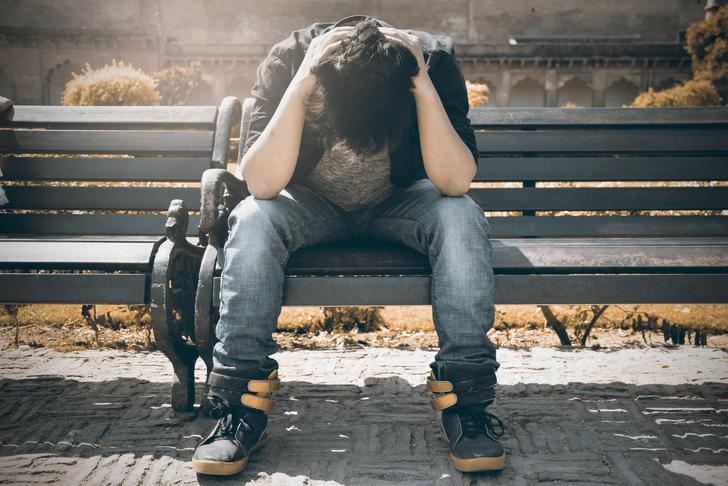
Advertisement
Causes of Hemorrhoids
Some people have a greater risk of developing swollen hemorrhoids than others. Some personal factors can impact the risk including being obese or overweight. People who are pregnant also have an increased risk of hemorrhoids.[[4]] Behaviors can also increase the risks. People who eat low-fiber diets might be more likely to develop hemorrhoids. Lifting heavy objects or straining while going to the bathroom can have an impact. Frequent diarrhea or constipation can also cause hemorrhoids.
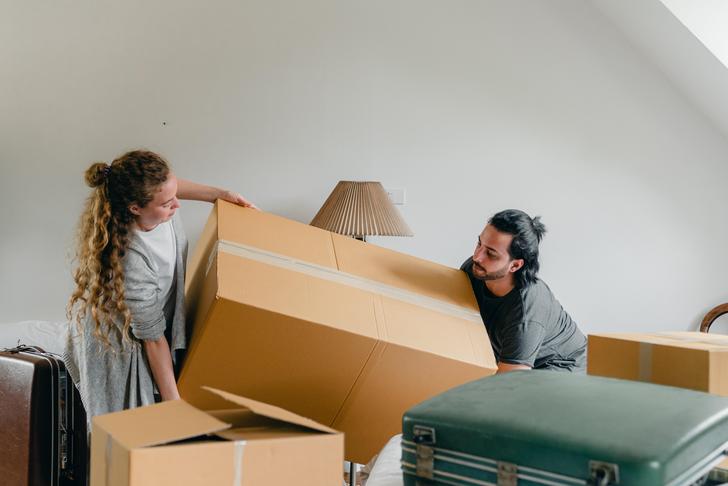
Advertisement
Hemorrhoid Treatments
Over-the-counter pain relievers and hemorrhoid creams can relieve hemorrhoid symptoms. Warm baths can also have a soothing effect and ease symptoms.[[5]] Changes in habits can ease the symptoms and avoid more hemorrhoids. Adding fiber to the diet is one easy option. Stool softeners can make it easier to have bowel movements, which can reduce straining. Drinking lots of water can also help. If home remedies don’t work, doctors can perform certain procedures to treat them. These procedures eliminate the blood supply to decrease the size.

Advertisement
When to Seek Medical Care
Hemorrhoids typically clear up on their own after several days. A person with hemorrhoids who experience symptoms lasting longer than a week should consult with their physician.[[3]] Patients should also seek medical attention for rectal bleeding even if it’s suspected to be hemorrhoids. Bleeding can be a sign of serious medical conditions, so it’s important to diagnose the cause. Receiving a diagnosis is especially important if there are other symptoms such as bowel movement changes. This can rule out serious causes and ensures proper treatment as soon as possible.
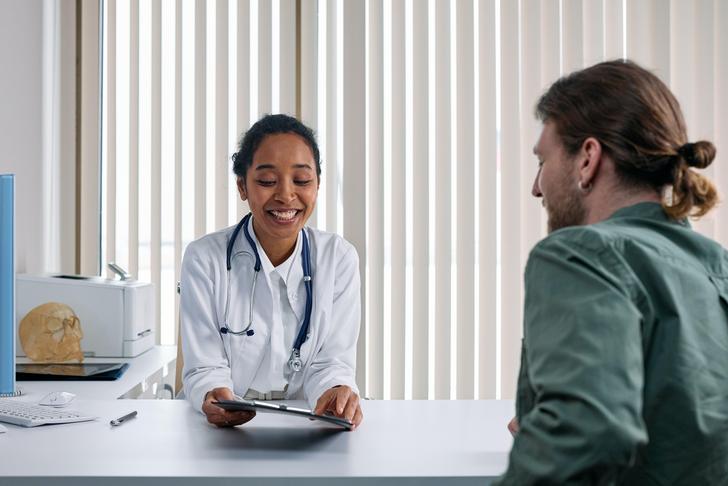
Advertisement





